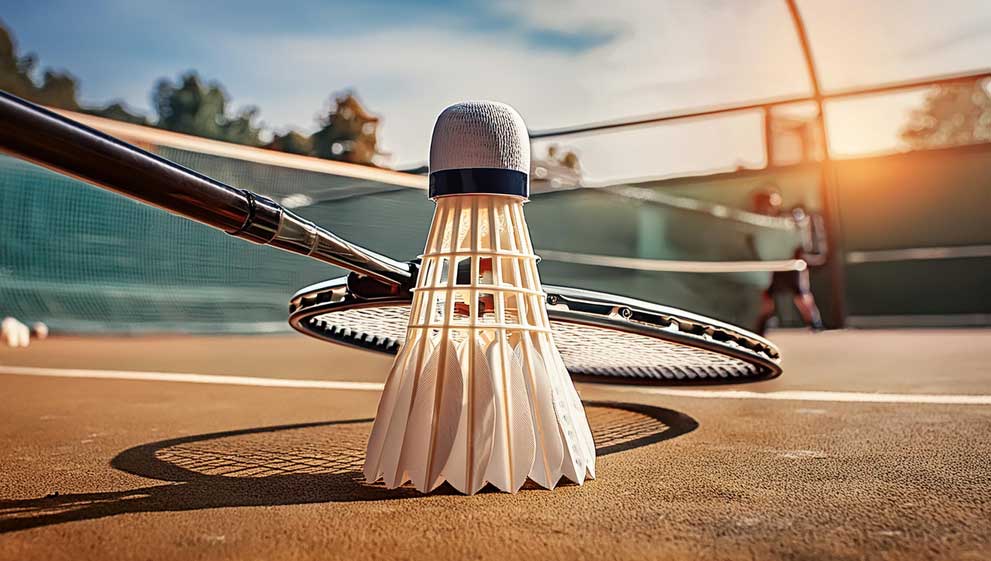The evolution of badminton rackets began with simple, single-piece wooden constructions strung with animal gut. Players wrapped cloth around the handles for comfort. The shift to lighter materials such as aluminum and steel followed, culminating in the 1950s with the introduction of carbon fibre, which revolutionised racket design.
In 1949, the renowned umbrella manufacturer Samuel Fox and Company created the 'Silver Fox,' a stainless-steel badminton racket.
Samuel Fox moved to Stocksbridge in 1842 to start a steel wire drawing business, which later became the Stocksbridge Steelworks. In 1851, his company, Fox Umbrella Frames Ltd, developed the "Paragon" collapsible umbrella frame, a U-section of string steel that outperformed competitors. Umbrellas with 'Fox Frames' gained global popularity and were produced until at least 1935. Additionally, from 1855, Fox profited from the "cage Crinoline frame," a steel framework used under women's hoop skirts.
The Silver Fox badmington racket featured a frame constructed by welding layers of stainless-steel strips, each razor blade-thin. Nickel-plated eyelets protected the gut strings as they passed through the frame, while a leather strip around the outside of the frame, cushioned by rubber shock absorbers, safeguarded the strings. According to Fox’s advertisements, these cushions significantly reduced string breakage and protected the gut from court contact. The Silver Fox racket weighed 189 grams, whereas modern graphite rackets weigh around 92 grams. Samuel Fox also produced tennis rackets with stainless-steel heads and wooden shafts and handles.
With the Olympics 2024 coming up we thought we'd do a series of Stainless Steel Sports news articles, for more information on our stainless steel products please visit out home page. The other day we tried to tell someone a badmington joke... unfortunately they didn't get the shuttle humour!
